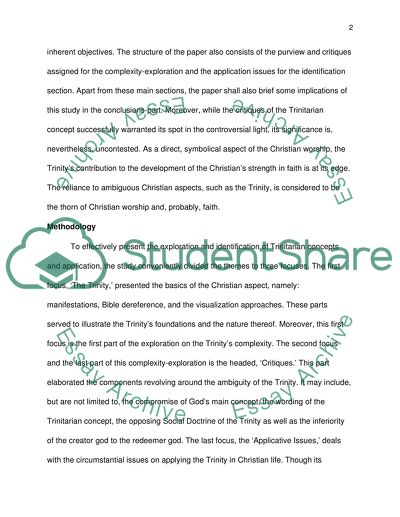Cite this document
(“Exploring the Complexity of Trinity and Identifying its Applicative Term Paper”, n.d.)
Exploring the Complexity of Trinity and Identifying its Applicative Term Paper. Retrieved from https://studentshare.org/religion-and-theology/1444092-students-are-asked-to-choose-one-aspect-of
Exploring the Complexity of Trinity and Identifying its Applicative Term Paper. Retrieved from https://studentshare.org/religion-and-theology/1444092-students-are-asked-to-choose-one-aspect-of
(Exploring the Complexity of Trinity and Identifying Its Applicative Term Paper)
Exploring the Complexity of Trinity and Identifying Its Applicative Term Paper. https://studentshare.org/religion-and-theology/1444092-students-are-asked-to-choose-one-aspect-of.
Exploring the Complexity of Trinity and Identifying Its Applicative Term Paper. https://studentshare.org/religion-and-theology/1444092-students-are-asked-to-choose-one-aspect-of.
“Exploring the Complexity of Trinity and Identifying Its Applicative Term Paper”, n.d. https://studentshare.org/religion-and-theology/1444092-students-are-asked-to-choose-one-aspect-of.


